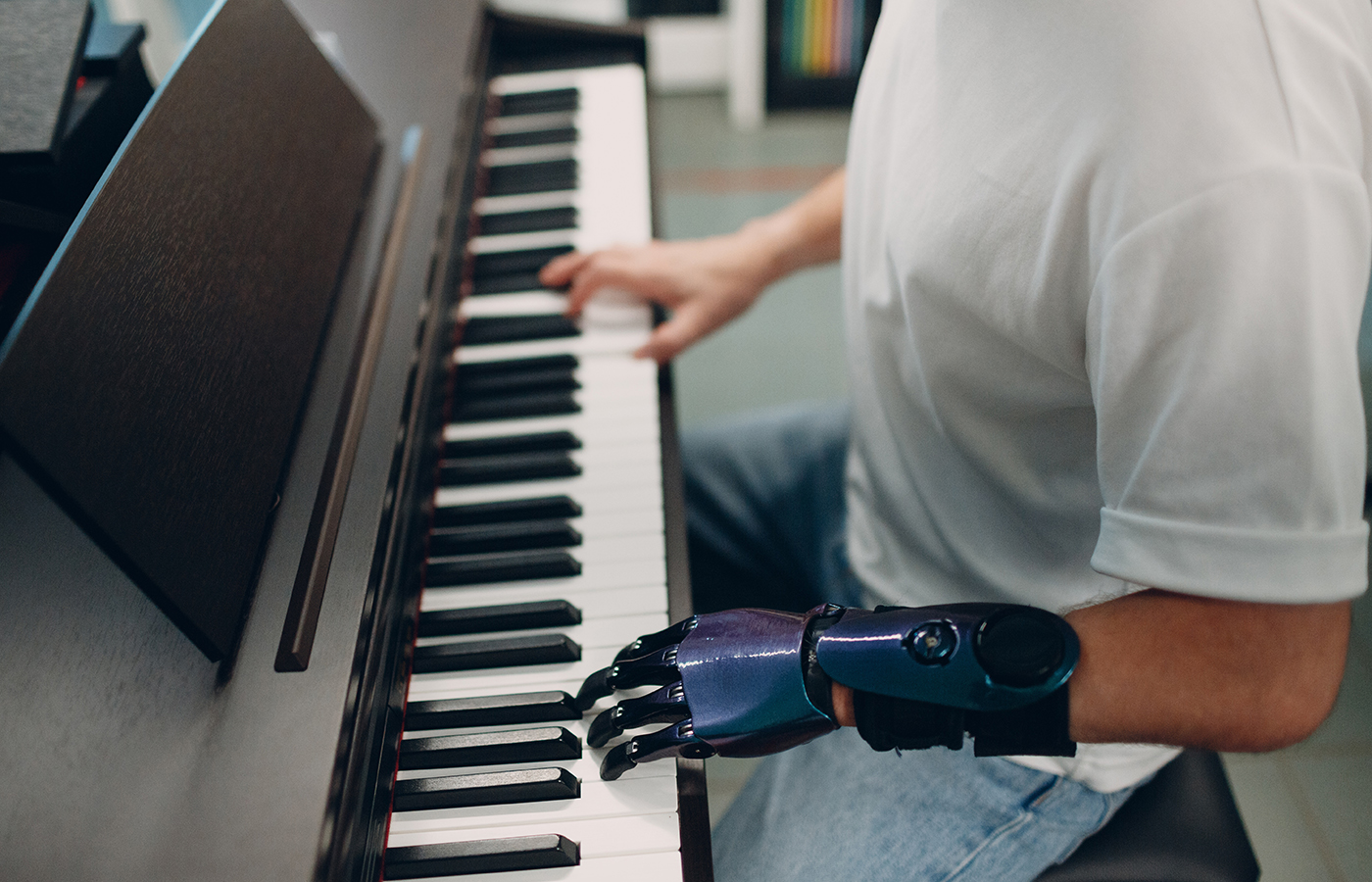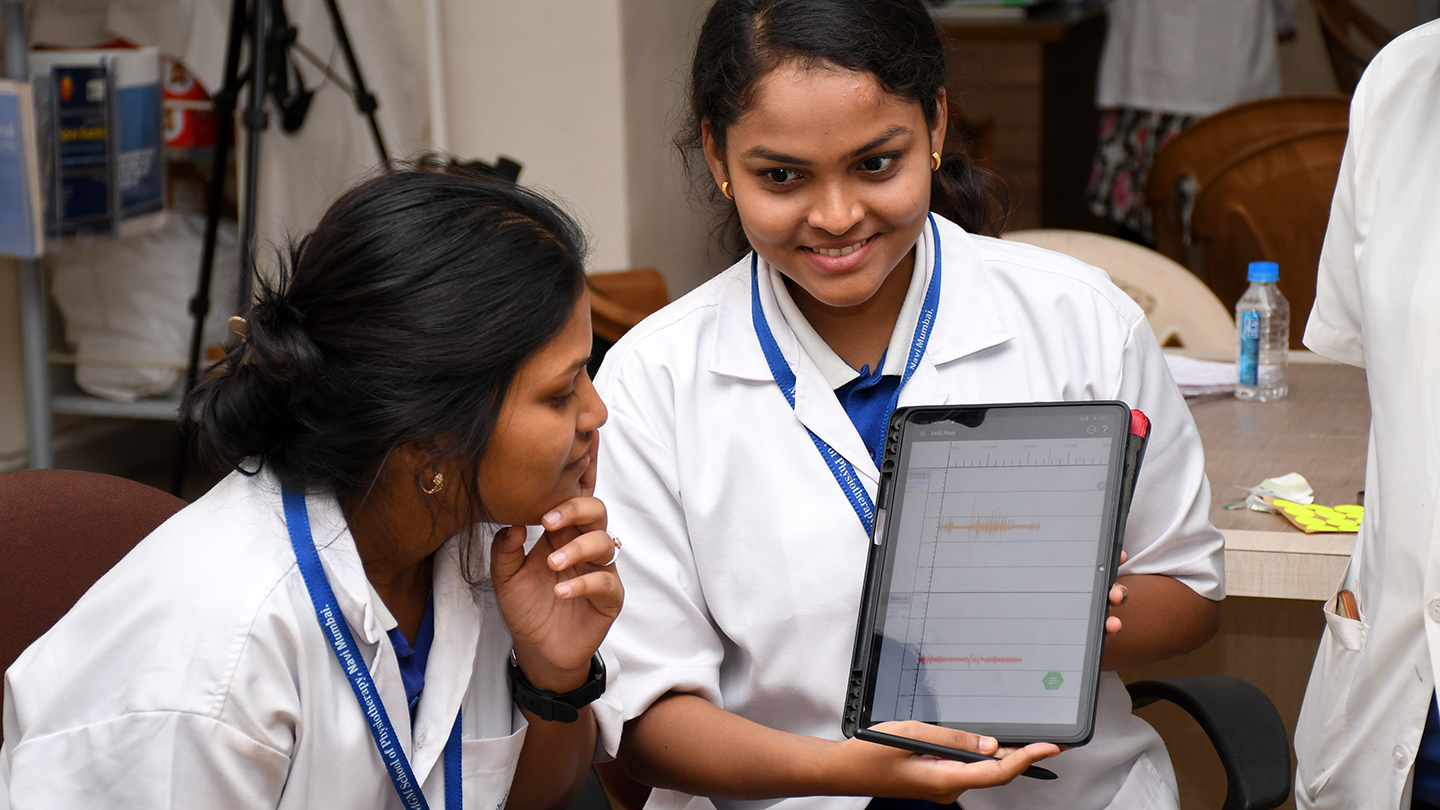

Chronic orofacial muscle pain imposes considerable personal and economic burdens for a broad spectrum of the general population. It is the chief complaint of the more than 5-10% of the US population with temporomandibular joint and muscle disorder (TMJD). Despite the condition’s prevalence, many current treatments are based on minimal scientific evidence or associated with a significant placebo effect.
Researchers at Charles Sturt University (Bathurst, New South Wales, Australia), led by Dr. James Wickham, are using the Delsys Trigno Wireless EMG system to explore the pathophysiological mechanisms involved in orofacial muscle pain.
Surface EMG (sEMG) data will be recorded from the anterior and posterior masseter muscle bellies while the participants perform a series of jaw clenching tasks under induced pain (hypertonic saline injections) or control (isotonic saline injections) conditions. Collected data will be analyzed to determine possible gender and psychological influences on self-reported pain intensity, muscle activity, muscle location, and bite force.
By understanding the subjective and muscular factors that underlie orofacial muscle pain, Dr. Wickham and his team aim to improve TMJD patient management.





